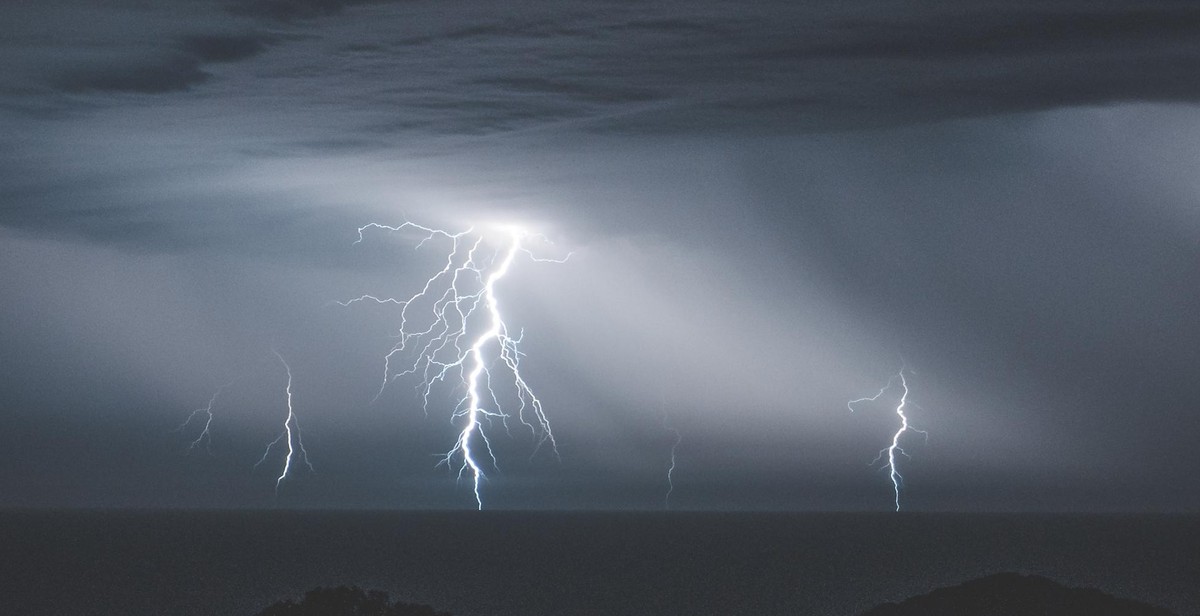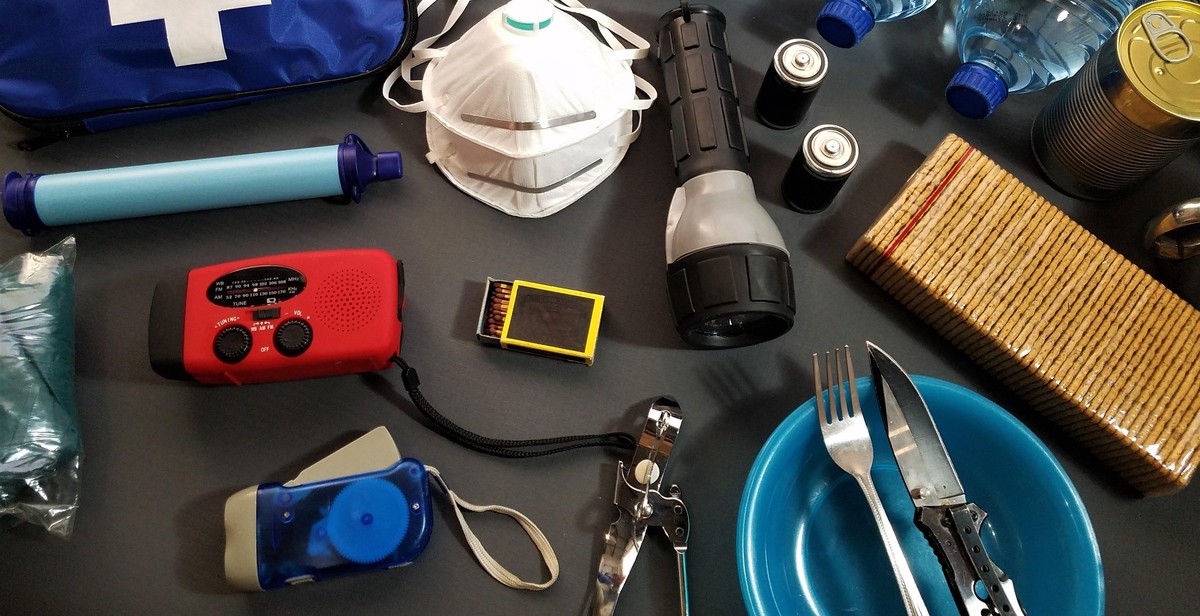How to Prepare for Severe Weather: Safety Tips and Emergency Planning for Storms
Severe weather can strike at any time, leaving us vulnerable and unprepared. From hurricanes and tornadoes to thunderstorms and blizzards, severe weather can cause significant damage to property and pose a threat to human life. That is why it is essential to know how to prepare for severe weather and have an emergency plan in place.
Why is Severe Weather Preparation Important?
Being prepared for severe weather can mean the difference between life and death. When a severe weather event occurs, there is often little time to react, and having a plan in place can help you to stay calm, organized, and safe. Preparation can also help to reduce the risk of property damage and ensure that you have access to essential supplies and resources in the event of an emergency.
What Should You Include in Your Severe Weather Emergency Plan?
Your severe weather emergency plan should include the following:
- An emergency kit with essential supplies
- A designated safe area in your home or workplace
- An evacuation plan
- A communication plan
- An emergency contact list
By having these elements in place, you can be better prepared for severe weather and ensure your safety and the safety of your loved ones.

Understanding Severe Weather
Severe weather is a natural phenomenon that can occur at any time and in any place. It is important to understand the types of severe weather and how they form to be able to prepare for them.
Types of Severe Weather
Severe weather includes a range of weather conditions that can be dangerous and even life-threatening. The most common types of severe weather include:
- Thunderstorms: Thunderstorms are characterized by lightning, thunder, strong winds, and heavy rain. They can also produce hail and tornadoes.
- Tornadoes: Tornadoes are rotating columns of air that extend from the base of a thunderstorm to the ground. They can cause significant damage and are often accompanied by strong winds and heavy rain.
- Hurricanes: Hurricanes are powerful storms that form over warm ocean waters. They can cause high winds, heavy rain, storm surges, and flooding.
- Blizzards: Blizzards are severe winter storms that are characterized by heavy snow, strong winds, and low visibility.
- Floods: Floods occur when there is too much water in an area. They can be caused by heavy rain, melting snow, or a combination of both.
How Severe Weather Forms
Severe weather forms when certain conditions are present. Thunderstorms, for example, form when warm, moist air rises and collides with cooler air. This can happen when there is a front moving through an area or when warm air rises from the ground on a hot day. Tornadoes often form in the same conditions as thunderstorms, but they require a specific set of circumstances to form. Hurricanes form over warm ocean waters and can strengthen as they move across the ocean.
Blizzards form when a low-pressure system brings cold air and moisture together. The moisture then falls as snow, and strong winds blow the snow around, causing low visibility and dangerous driving conditions. Floods can occur when there is heavy rain or melting snow, and the ground is unable to absorb the water quickly enough.
| Type of Severe Weather | Causes |
|---|---|
| Thunderstorms | Warm, moist air collides with cooler air |
| Tornadoes | Warm, moist air collides with cooler air and winds create rotation |
| Hurricanes | Form over warm ocean waters and strengthen as they move |
| Blizzards | Low-pressure system brings cold air and moisture together |
| Floods | Heavy rain or melting snow that the ground cannot absorb quickly enough |
Understanding how severe weather forms and the types of severe weather that can occur is the first step in preparing for it. By being aware of the potential dangers, you can take steps to protect yourself and your family.

Preparing for Severe Weather
Severe weather can happen at any time, and it’s important to be prepared. Here are some tips to help you create an emergency plan, prepare your home, and prepare your vehicle.
Creating an Emergency Plan
Creating an emergency plan is essential to ensure the safety of you and your family during severe weather. Here are some steps to follow:
- Identify the types of severe weather that are common in your area.
- Designate a safe room in your home where you can take shelter during a storm.
- Establish a communication plan with your family and decide on a meeting place in case you are separated during the storm.
- Prepare an emergency kit with essentials like water, non-perishable food, flashlights, and a first aid kit.
Preparing Your Home
Preparing your home before a storm can reduce the risk of damage and keep you and your family safe. Here are some steps to follow:
- Trim trees and shrubs around your home to prevent them from falling on your house during a storm.
- Secure loose items in your yard, such as lawn furniture and toys, to prevent them from becoming projectiles in high winds.
- Install storm shutters or cover your windows with plywood to protect them from flying debris.
- Ensure that your roof is in good condition and can withstand high winds.
Preparing Your Vehicle
Preparing your vehicle before a storm can help you avoid dangerous situations on the road. Here are some steps to follow:
- Fill up your gas tank before the storm hits.
- Check your tires and make sure they are properly inflated.
- Make sure your windshield wipers are in good condition and that your windshield washer fluid is topped up.
- Keep a basic emergency kit in your car, including items like a blanket, flashlight, and first aid kit.
| Item | Quantity |
|---|---|
| Water | 1 gallon per person per day |
| Non-perishable food | 3-day supply per person |
| Flashlight | 1 per person |
| Battery-powered or hand-crank radio | 1 |
| Extra batteries | for flashlight and radio |
| First aid kit | 1 |
| Whistle | 1 per person |
| Dust mask | 1 per person |
| Moist towelettes | several packets |
| Garbage bags | several |
| Wrench or pliers | to turn off utilities |
| Can opener | if kit contains canned food |

During Severe Weather
Staying Informed
During severe weather, it is crucial to stay informed about the latest weather updates and warnings. This can be done through various sources such as:
- Local news channels
- NOAA weather radio
- Weather apps on your smartphone
- Social media accounts of local authorities
Make sure to keep these sources of information handy and check them regularly for updates. In case of power outages, have a battery-powered radio or a hand-crank radio to stay informed.
Taking Shelter
When severe weather strikes, taking shelter is the best way to stay safe. Here are some tips to follow:
- Stay inside and avoid going out unless it is absolutely necessary.
- Stay away from windows and doors, and move to an interior room or basement.
- If you are in a multi-story building, move to a lower level.
- If you are in a vehicle, pull over to a safe location and stay inside with your seatbelt fastened.
- If you are outside with no shelter available, lie flat in a ditch or low-lying area and cover your head with your hands.
It is important to have a designated safe room or shelter in your home. This room should be located in the basement or an interior room on the lowest level of your home. Make sure to stock your safe room with emergency supplies such as water, food, first aid kit, and a flashlight.
Conclusion
During severe weather, staying informed and taking shelter are the two most important things to do to stay safe. Keep yourself updated with the latest weather information and have a designated safe room or shelter in your home. By following these tips, you can minimize the risks and stay safe during severe weather.

After Severe Weather
After a severe weather event, it is important to assess the damage to your property and take the necessary steps to ensure safety and begin the recovery process. Here are some important steps to take:
Assessing Damage
- Check for any injuries or damage to your property.
- If you smell gas or suspect a gas leak, evacuate your home immediately and call the gas company.
- Inspect your property for damage, including your roof, walls, windows, and foundation.
- Take photos or videos of any damage for insurance purposes.
- Make temporary repairs to prevent further damage, such as covering broken windows or tarping a damaged roof.
Contacting Insurance
It is important to contact your insurance company as soon as possible after a severe weather event to begin the claims process. Here are some tips:
- Review your insurance policy to understand what is covered and any deductibles.
- Contact your insurance company or agent to report the damage and begin the claims process.
- Provide any necessary documentation, such as photos or videos of the damage.
- Keep records of all communications with your insurance company.
| Agency | Contact Information |
|---|---|
| Local Emergency Management | [Insert Local Emergency Management Contact Information] |
| Insurance Company | [Insert Insurance Company Contact Information] |
| Utility Company | [Insert Utility Company Contact Information] |
